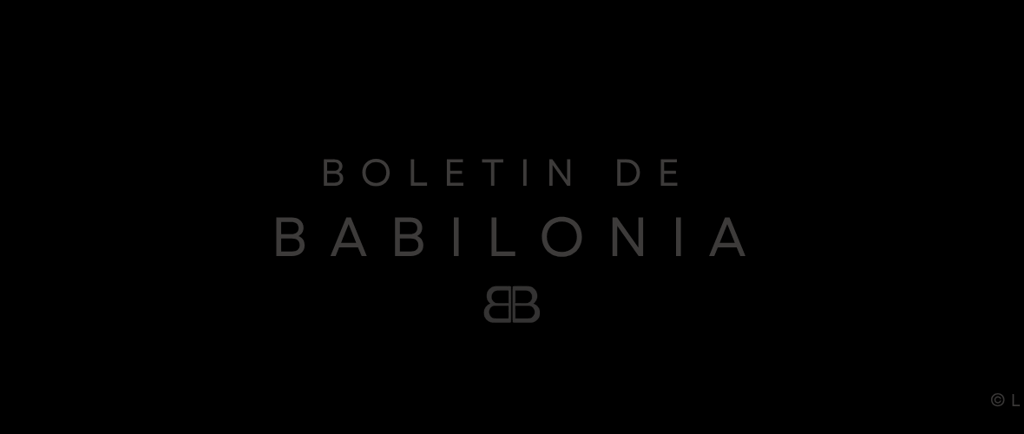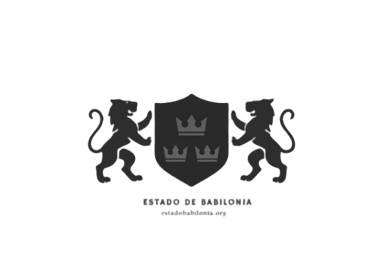OFFICIAL SITE OF LEA CELIK SOMMERSETH SHAW
MEDITERRANEAN Author, Composer, DBA Multidisciplinary Entrepreneur and Independent Political Candidate
Native Sun
Guardians of Nature
8/9/2025


Guardians of The Nature
by Lea Celik Sommerseth Shaw
Across Russia, China, and the Americas, Indigenous peoples carry histories that are older than the modern states that now govern their territories. They are the first custodians of the land, the original speakers of its languages, and the bearers of traditions shaped over thousands of years. Their stories are as diverse as the landscapes they inhabit — from Arctic tundra to desert plains, from dense forests to mountain plateaus.
Russia is home to over 190 ethnic groups, with around 40 officially recognized as Indigenous small-numbered peoples. Many live in the remote regions of Siberia, the Far East, and the Arctic, including the Nenets, Chukchi, Evenki, and Khanty. These communities have adapted to some of the planet’s harshest climates, building livelihoods around reindeer herding, fishing, and hunting.
While their cultures remain rich in oral history, music, and spiritual practice, they face challenges from industrial expansion, climate change, and the loss of traditional languages. Russia’s constitution recognizes their rights, but the gap between legal protection and lived reality is often wide.
China recognizes 56 ethnic groups, the largest being the Han majority. Many of the others — including Tibetans, Uyghurs, Mongols, and numerous smaller groups such as the Qiang, Oroqen, and Hezhen — are Indigenous to their regions. They inhabit areas ranging from the Tibetan Plateau to the grasslands of Inner Mongolia and the forests of the northeast.
These peoples maintain unique traditions in music, clothing, farming, and nomadic life. Yet, modernization and state policies have sometimes led to cultural erosion, language decline, and disputes over land and religious freedoms. Efforts to revive traditional crafts, storytelling, and ecological practices are part of a growing Indigenous resilience movement in China.
The Americas: From the First Nations to the Native Nations
In North America, Indigenous peoples include Native American tribes, Alaska Natives, and First Nations in Canada, each with distinct governance systems, languages, and spiritual beliefs. In Central and South America, Indigenous nations such as the Quechua, Aymara, Mapuche, and Maya continue to shape national identities.
From the Navajo Nation’s desert homelands to the Amazon’s forest communities, Indigenous peoples in the Americas are leading environmental stewardship efforts, defending land rights, and revitalizing endangered languages. However, centuries of colonization have left legacies of displacement, poverty, and legal battles for sovereignty.
Though separated by continents, Indigenous peoples of Russia, China, and the Americas face common challenges — political marginalization, cultural assimilation, and environmental threats. Yet they also share a profound strength: the ability to adapt without losing sight of who they are.
Modern movements for Indigenous rights increasingly emphasize self-determination, ecological stewardship, and cultural preservation. From the reindeer herders of Siberia to the Qiang weavers of Sichuan, from the Lakota water protectors to the Amazonian forest defenders, these communities are united by their role as guardians of the Earth.
Recognizing the rights of Indigenous peoples is not simply a matter of preserving tradition; it is an investment in sustainable futures. Their knowledge systems — rooted in balance with nature — offer solutions to some of humanity’s most pressing crises, from biodiversity loss to climate change.
A truly just society, whether in Russia, China, or the Americas, must ensure that Indigenous peoples are not only consulted but empowered. In doing so, nations honor not only their pasts but also the shared future we all depend on.
Lea Celik Sommerseth Shaw
9 August 2025 Saint Germain Des Pres
LCSS INC™ LCSS Foundation, LCSS Holdings, ISIK Group ) Lea Celik Sommerseth Shaw/ISIK Signature 100 Bishopsgate London EC2N 4AG (Lea always deliver her post and correspondence in person)
Please Note Lea has Meta as her only US social media and dont accept DM on social media.
© 2025 LCSS INC. Lea Celik Sommerseth Shaw. All rights Reserved.
